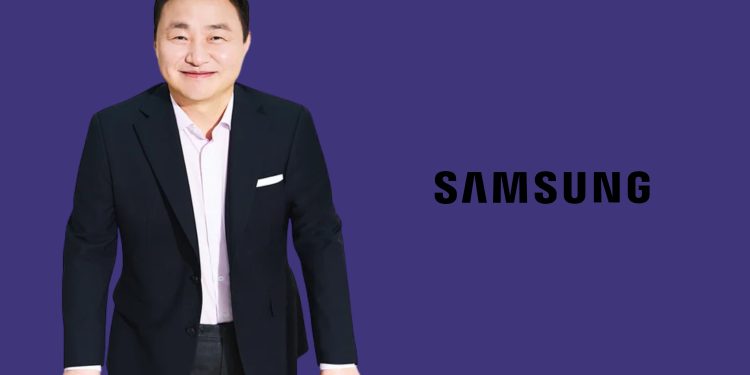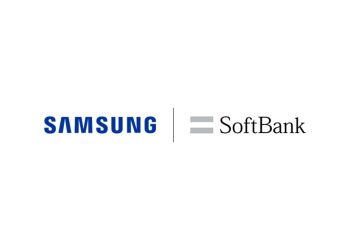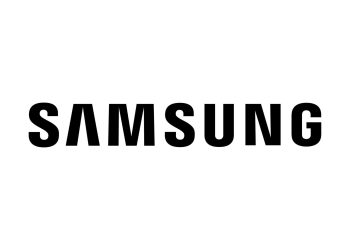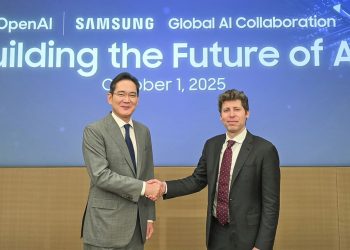Executive reshuffle signals strategic focus on mobile, memory, and next-generation technologies
Samsung Electronics has reinstated its dual-CEO management structure as part of its 2026 executive reshuffle, marking a return to its traditional leadership model at a pivotal moment for the company. Mobile chief TM Roh (Roh Tae-moon) has been officially named co-CEO and head of the Device Experience (DX) Division which oversees smartphones, TVs, and home appliances. After serving in an interim capacity following the passing of former co-CEO Han Jong-hee in March.
Alongside the appointment, Samsung also confirmed four key executive changes. Jun Young-hyun, who has been managing semiconductor operations, will step back from some responsibilities, while Executive Vice President Yoon Jang-hyun has been elevated to president and CTO of the DX Division and will also lead Samsung Research. The reshuffle suggests Samsung is preparing for a new competitive cycle in AI-driven devices and semiconductor innovation amid an increasingly volatile global tech landscape.
Stability Over Overhaul
This reshuffle is the smallest since 2019, signalling a preference for stability rather than a top-to-bottom restructuring. Only one president-level promotion was made, far fewer than in previous years.
“To strengthen the sustained competitiveness of core businesses such as mobile and memory, the current structure will be maintained,” Samsung said in a statement.
Analysts say the decision reflects growing confidence in the existing leadership — particularly as AI-related demand has pushed memory chips and consumer electronics into what many describe as a supercycle.
Mobile & Memory Take Priority
Samsung’s strongest-performing divisions — mobile and semiconductors — will take center stage in the company’s leadership strategy:
- TM Roh will continue steering the mobile business, which remains critical in integrating AI capabilities across consumer devices.
- Jun Young-hyun will continue as head of the semiconductor (DS) division, leading efforts in high-bandwidth memory (HBM), a key component for AI data centers.
Although Jun will no longer oversee Samsung Advanced Institute of Technology (SAIT), he remains leading Samsung’s chip roadmap — a priority as competitors increase their AI semiconductor capabilities.
Strengthening Future Technologies
To accelerate long-term technology development, Samsung appointed Harvard professor Park Hong-kun as president of SAIT. Park, a global expert in nanoscience and quantum technology, is expected to lead Samsung’s research into:
- Neuromorphic semiconductors
- Quantum computing
- Next-generation devices
Samsung said Park will lead innovation “based on expertise in nanotechnology and interdisciplinary science,” signaling a stronger push into fundamental research rather than incremental product development.
AI & Software at the Core
Yoon Jang-hyun, newly promoted to president and CTO of the DX Division, will also oversee Samsung Research. With an extensive background in AI investments and software development, Yoon is expected to drive convergence between:
- Mobile devices
- Consumer electronics
- Emerging technologies including robotics & biotechnology
The appointment highlights Samsung’s intention to integrate AI across its product ecosystem — not just as an add-on feature, but as a foundational technology.
Agile Personnel Strategy
Market observers say Samsung is shifting away from large annual reshuffles and increasingly using ad-hoc executive moves to align leadership with market conditions. Earlier this year:
- Choi Won-joon was promoted to MX Division COO
- Mauro Porcini, a former PepsiCo design leader, was appointed CDO of the DX Division
This pattern indicates Samsung wants to remain flexible — particularly in competitive segments like AI chips, premium smartphones, and visual display technologies.
Operational Challenges Ahead
The mobile business faces rising component costs driven by AI-related demand:
- Production capacity for DRAM (LPDDR5) is being squeezed by surging HBM demand
- The Snapdragon 8 Elite Gen 5 SoC — reportedly exclusive to the upcoming Galaxy S26 Ultra — could significantly raise smartphone production costs
These pressures underscore why reinforcing the DX leadership was a priority in this reshuffle.
Looking Ahead: AI-First Strategy
Despite headwinds, industry experts see the leadership shift as a strategic move to position Samsung for an AI-led decade. By maintaining strong leadership in memory and mobile, while expanding deep research capabilities, Samsung is preparing to compete not only in devices — but in future computing architectures.
More executive appointments and organizational adjustments are expected in the coming weeks, which may reveal how Samsung plans to embed AI across its operating structure.






